Boeing has long dominated the skies with its 737 aircraft. As the demand for more fuel-efficient and modern planes grows, US airlines have embraced the latest Boeing 737 MAX while still operating the older 737-800 models. These planes offer airlines fleet versatility, balancing older, proven models with cutting-edge technology to optimize routes and passenger experience.
American Airlines, for instance, manages a fleet that includes both the Boeing 737-800 and the more advanced 737 MAX 8. While the 737-800 has served the airline for years, the MAX series is steadily replacing it due to its enhanced fuel efficiency and lower emissions. Despite their age differences, both aircraft share the same seating capacity, providing consistency in American’s operations.
Similarly, Alaska Airlines continues to operate the Boeing 737-800 while gradually expanding its MAX 8 fleet. Though the 737-800s are older, they play a crucial role alongside the newer MAX aircraft. This dual-fleet strategy allows Alaska to optimize routes and improve operational efficiency without sacrificing passenger experience.
Southwest Airlines, known for its all-Boeing fleet, remains the world’s largest operator of the 737. The airline continues flying the older 737-800 alongside the MAX 8, highlighting Boeing’s importance to its fleet strategy. The MAX 8, with its modern features, helps Southwest maintain a competitive edge in fuel efficiency and sustainability.
United Airlines also operates a substantial fleet of both Boeing 737-800 and MAX 8 planes. The 737-800 serves as a reliable workhorse, while the MAX 8 introduces advanced technology, reducing emissions and improving overall fleet performance.
These four airlines demonstrate how Boeing’s dual-generation 737s offer a powerful combination of consistency and modern technology, driving efficiency while preparing for a greener future.
Related stories:
Catch up on the top stories and travel deals by subscribing to our newsletter!

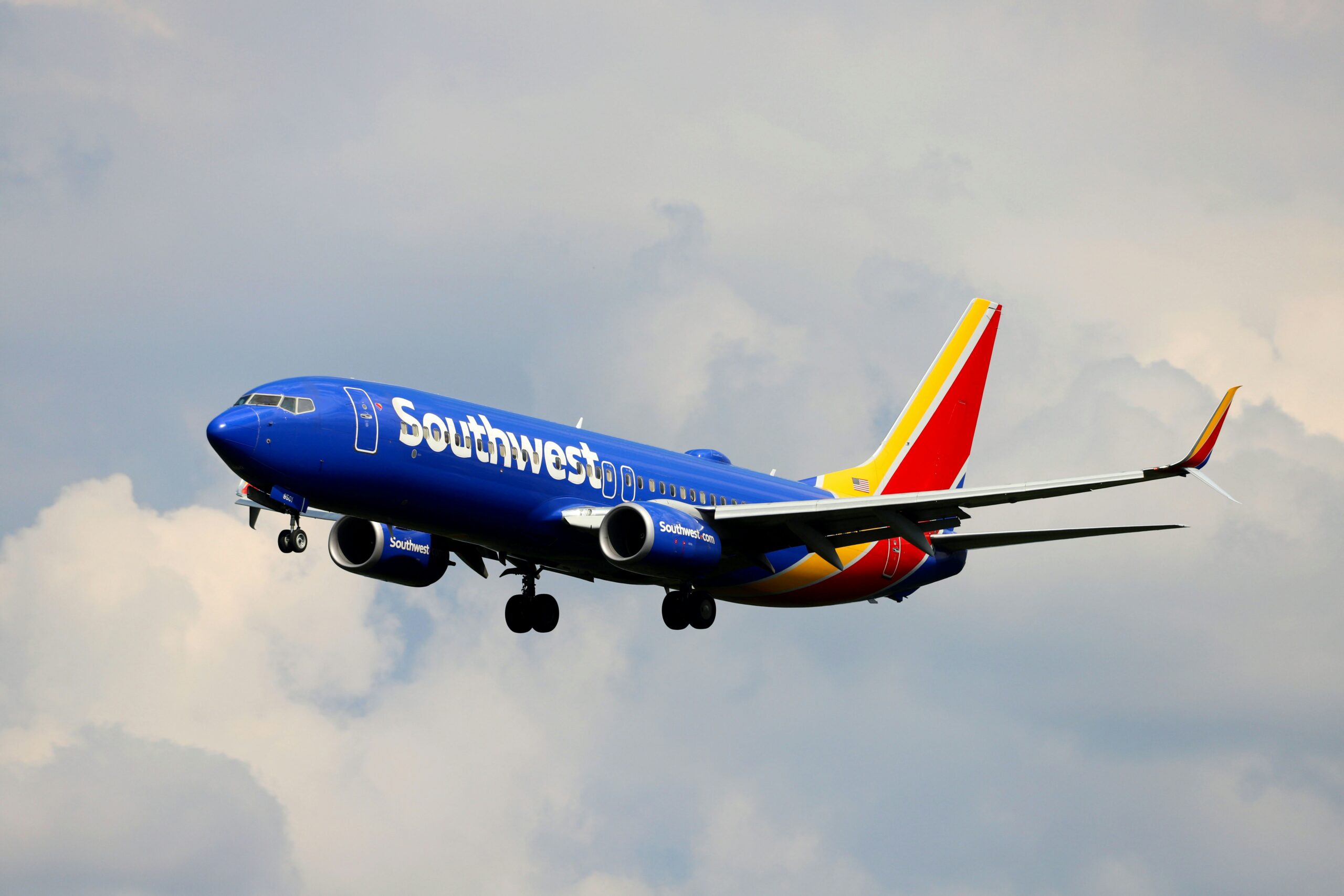

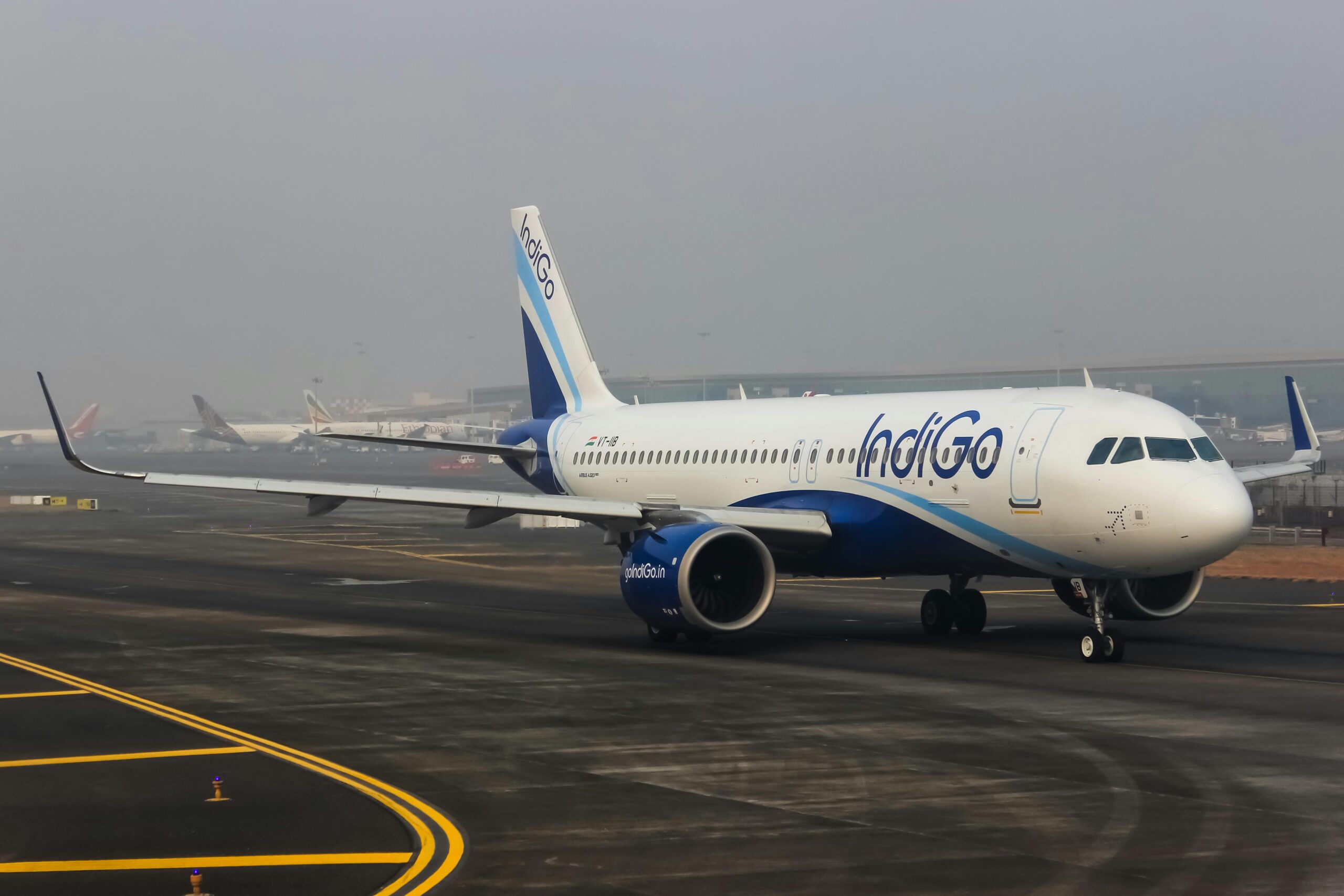
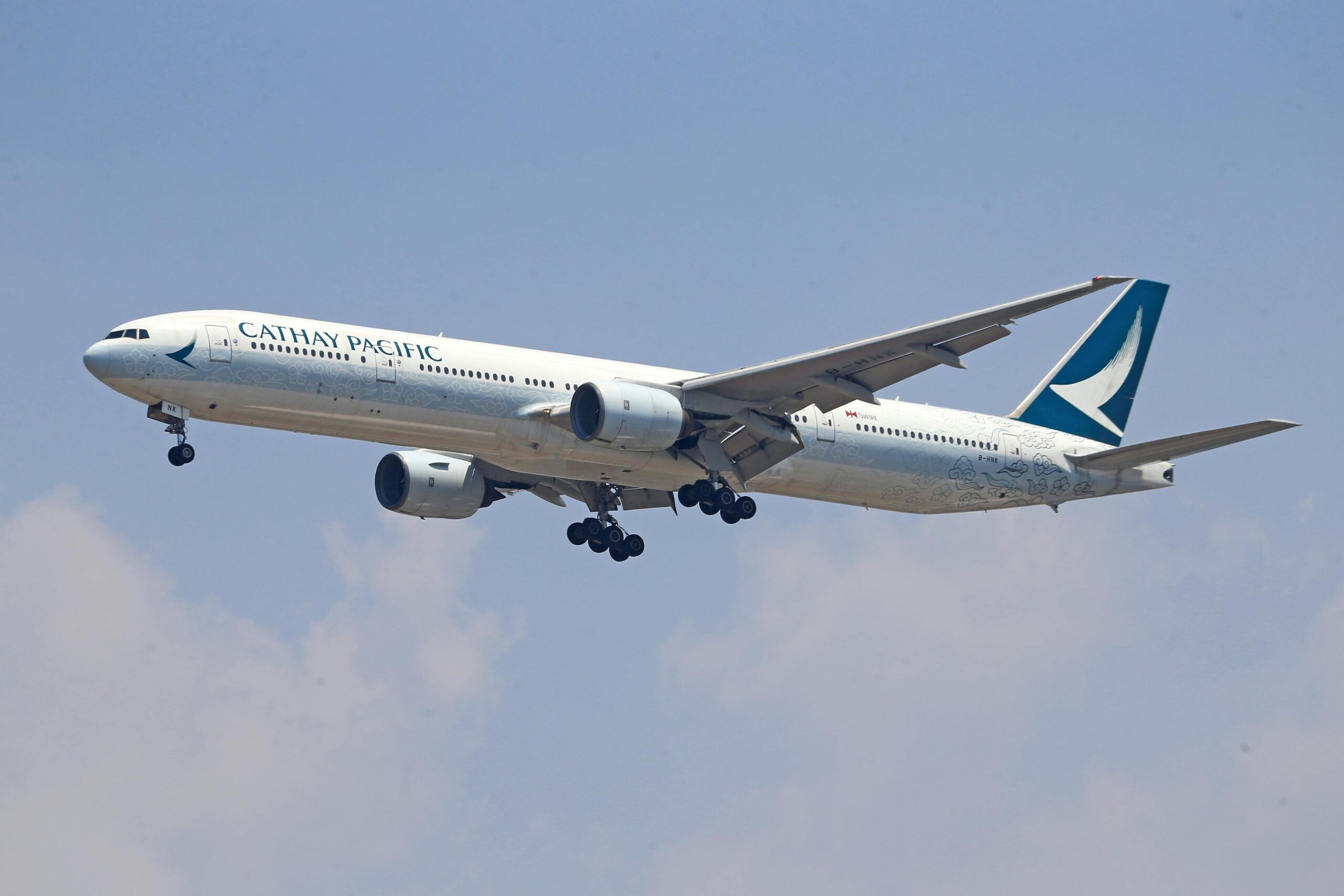

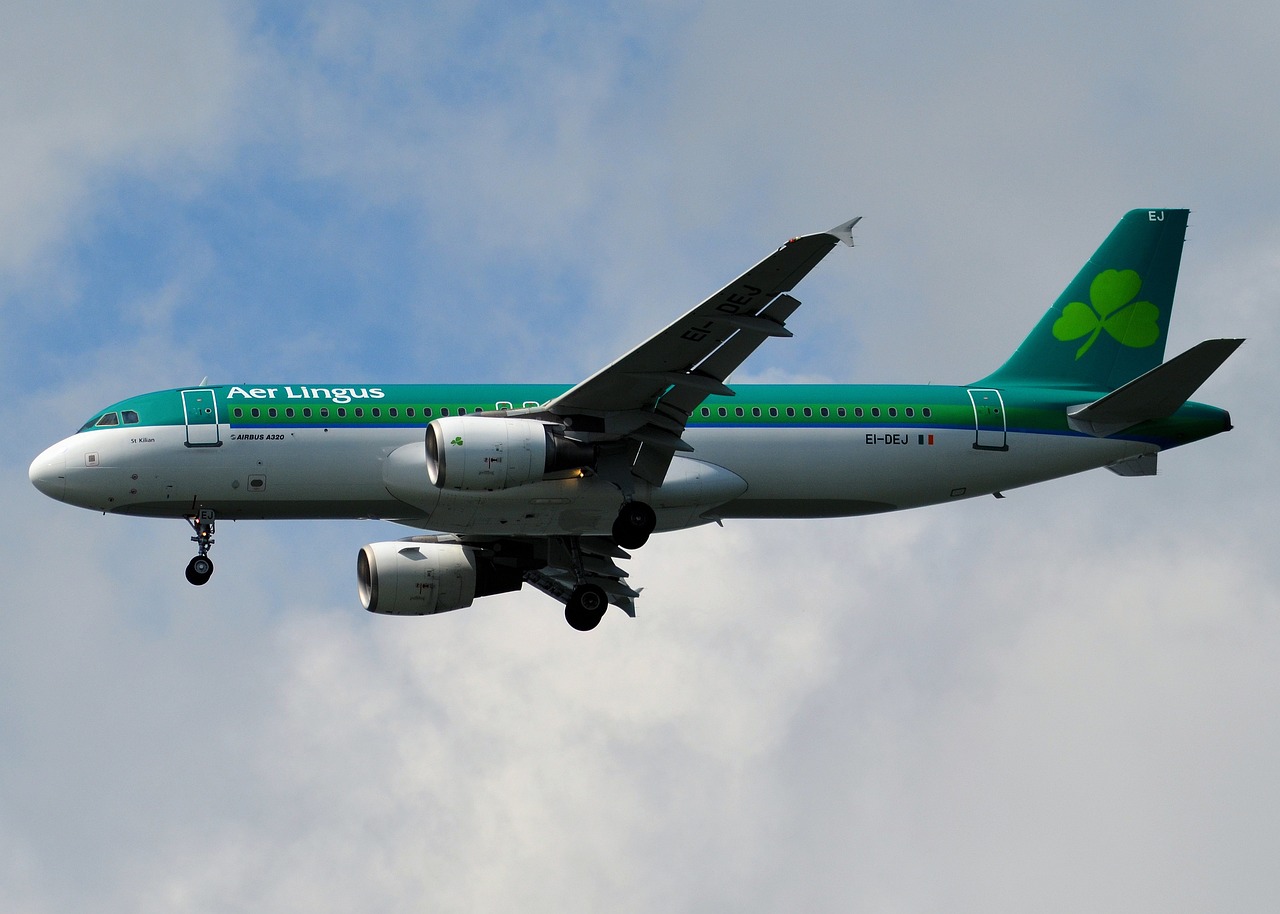
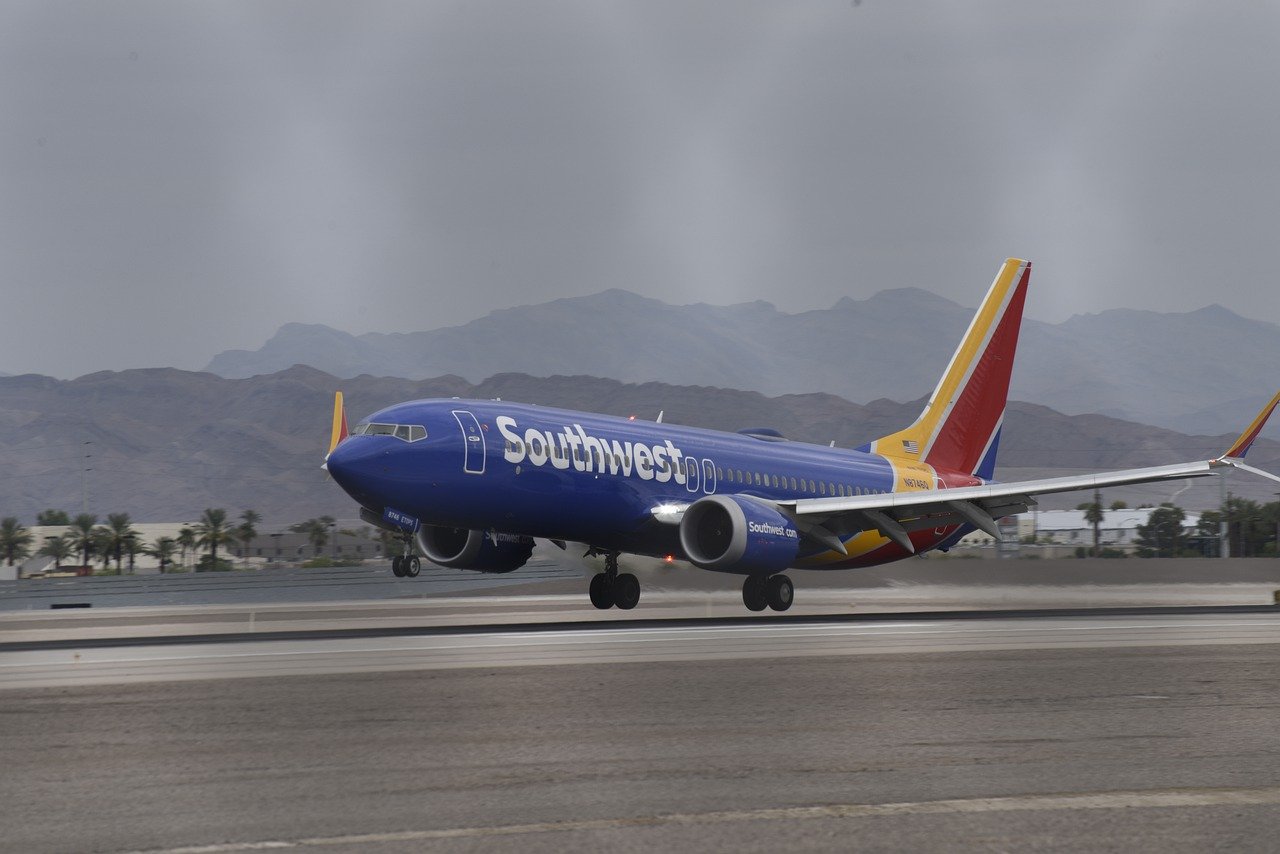

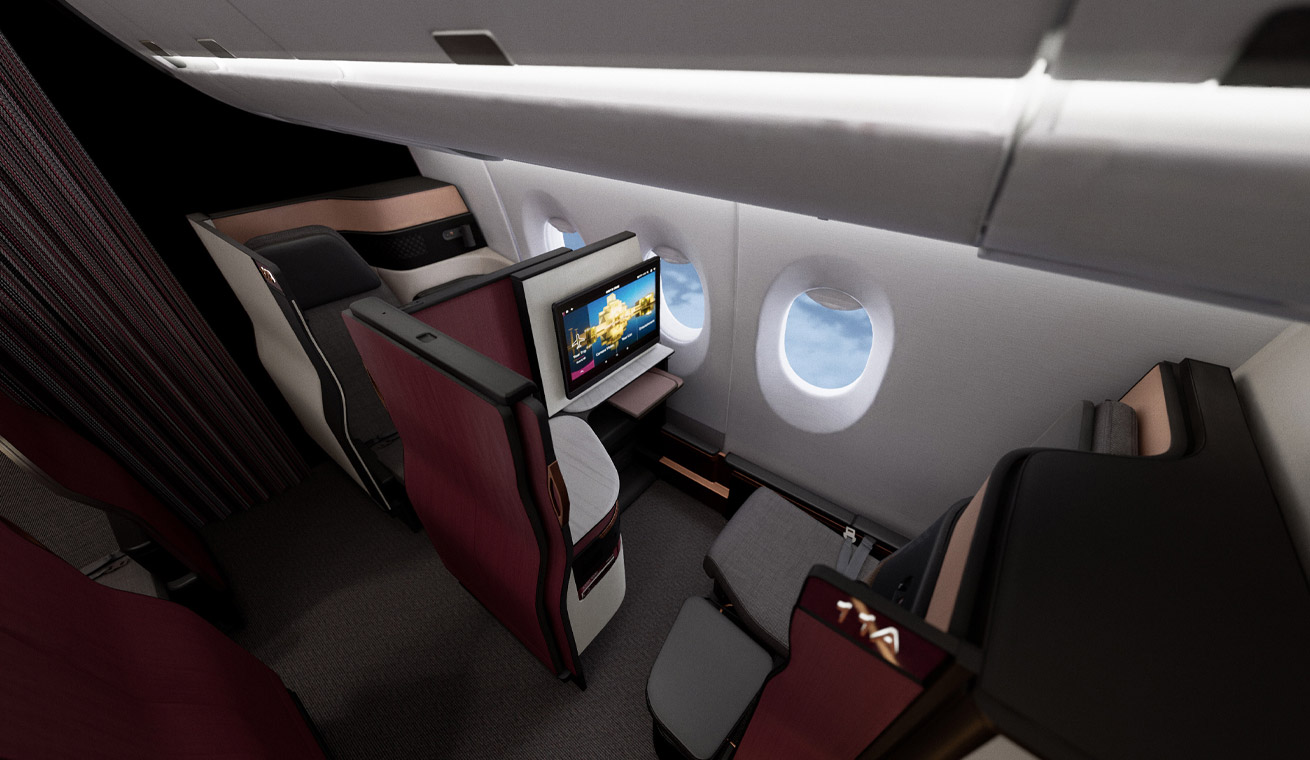
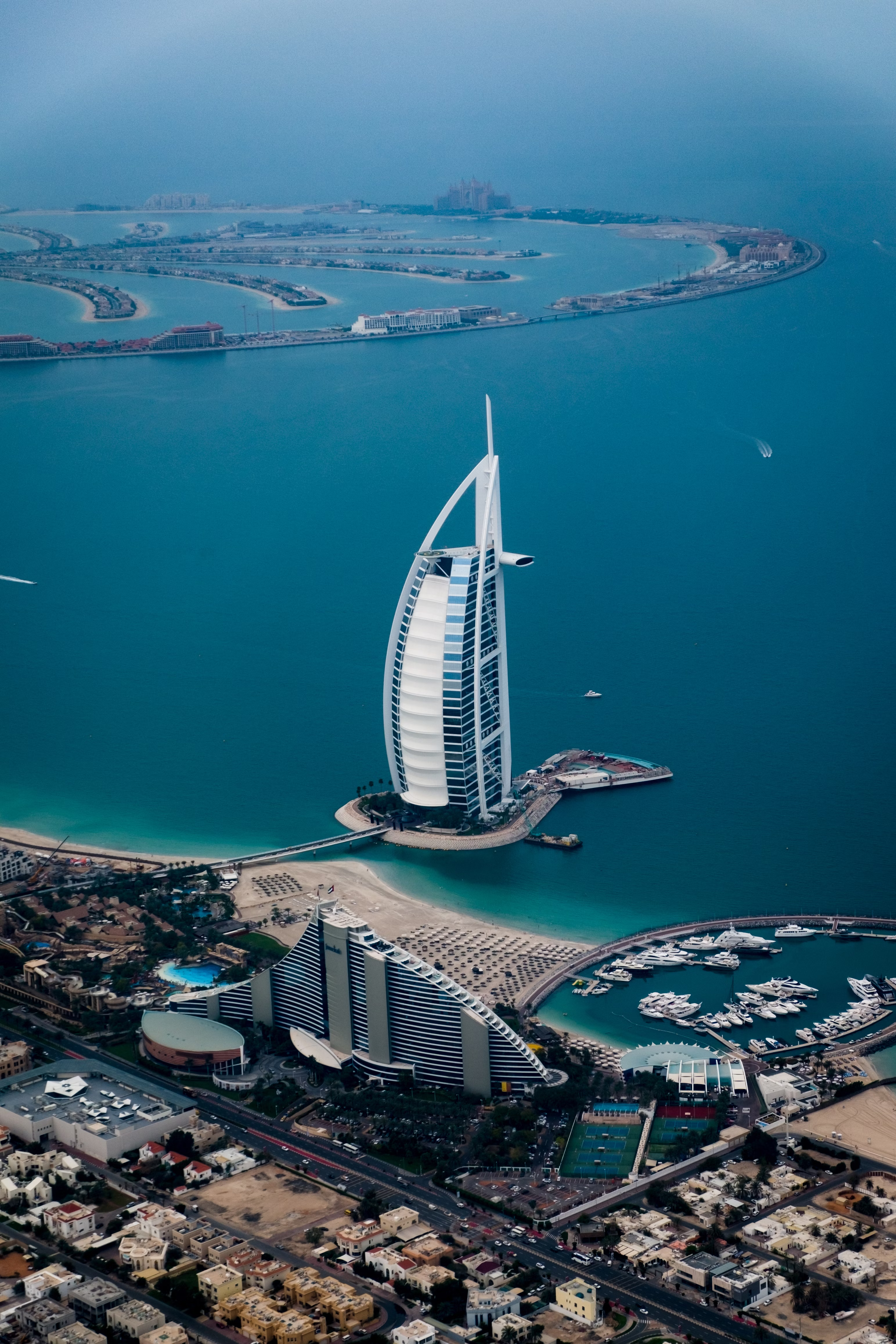

Leave a Reply